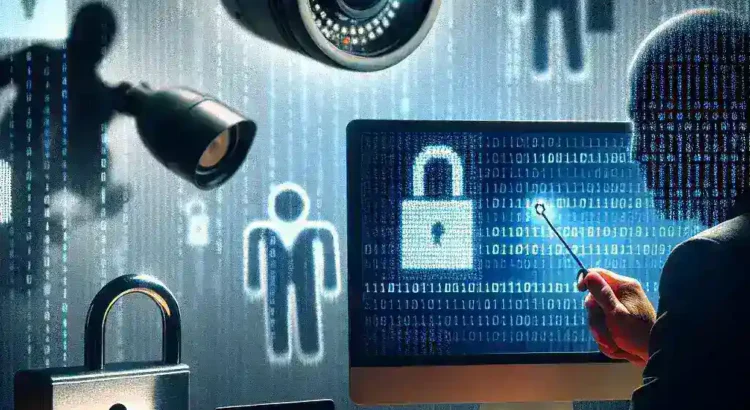Introduction
With the increasing prevalence of webcams in both personal and professional settings, ensuring their security has become paramount. Many individuals and organizations seek ways to test the robustness of their webcam systems to prevent unauthorized access and potential privacy breaches. This article explores the feasibility and legality of hacking into a webcam for security testing purposes, providing insights into ethical alternatives and best practices.
Understanding Webcam Security
Webcams are vulnerable points in a device’s security architecture. They can be exploited by malicious actors to gain unauthorized access, leading to privacy invasions and data breaches. Understanding the common vulnerabilities associated with webcams is the first step in assessing their security posture.
Common Vulnerabilities
- Default Passwords: Many webcams come with default login credentials that are often not changed by users, making them easy targets for attackers.
- Unpatched Software: Outdated firmware or software can contain known vulnerabilities that attackers can exploit.
- Weak Encryption: Lack of strong encryption protocols can allow data transmitted by webcams to be intercepted and accessed.
The Legality of Hacking for Security Testing
Engaging in unauthorized hacking activities, even with the intent of testing security, is illegal in many jurisdictions. Laws such as the Computer Fraud and Abuse Act (CFAA) in the United States prohibit unauthorized access to computer systems, including webcams. Violating these laws can result in severe penalties, including fines and imprisonment.
Ethical Considerations
Beyond legal implications, ethical considerations must be taken into account. Unauthorized access to a webcam breaches the privacy of individuals and organizations. Ethical hacking, or penetration testing, should always be conducted with explicit permission from the system owners to ensure compliance with legal and moral standards.
Ethical Alternatives to Hacking
Instead of resorting to illegal hacking, there are legitimate methods to assess and enhance webcam security. These methods involve authorized testing and the implementation of best security practices.
Penetration Testing
Penetration testing involves simulating cyberattacks on a system to identify and address vulnerabilities. Conducted by certified professionals, this method provides a thorough evaluation of webcam security without violating laws.
Security Audits
Regular security audits help in assessing the effectiveness of existing security measures. Audits can identify weaknesses in webcam systems and recommend improvements to mitigate risks.
Implementing Security Best Practices
- Change Default Passwords: Always update default login credentials to strong, unique passwords.
- Regular Updates: Keep webcam firmware and associated software up to date to protect against known vulnerabilities.
- Enable Encryption: Use encryption protocols to secure data transmission from webcams.
- Disable When Not in Use: Physically covering the webcam or disabling it when not in use can prevent unauthorized access.
Legal and Safe Tools for Security Testing
Several tools are designed to help assess webcam security legally and safely. These tools aid in identifying vulnerabilities without engaging in unauthorized hacking.
Vulnerability Scanners
Vulnerability scanners can scan webcams for known security issues, providing reports that help in addressing potential threats.
Security Information and Event Management (SIEM) Systems
SIEM systems monitor and analyze security events in real-time, helping detect and respond to unauthorized access attempts on webcams.
Conclusion
While the desire to test webcam security is understandable, unauthorized hacking is both illegal and unethical. Instead, adopting authorized penetration testing, regular security audits, and implementing best security practices are effective and lawful methods to ensure webcam security. By following these approaches, individuals and organizations can protect their privacy and data without falling foul of legal repercussions.
